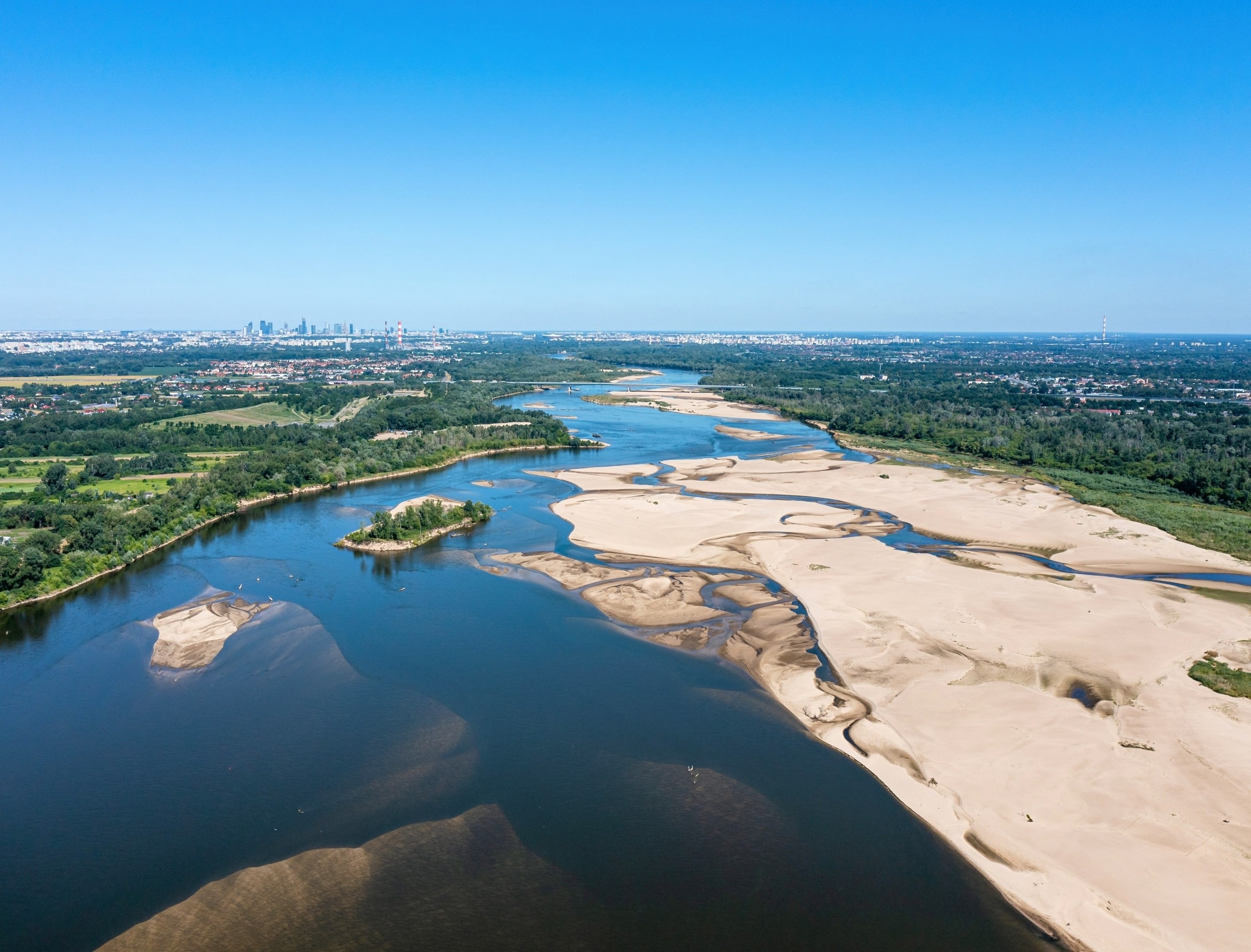By the year 2100, nearly a billion people could be living with drastically reduced access to river water. The finding comes from a new study that used some of the most advanced Earth systems models available.
The research was led by scientists at Northeastern University, specifically from the Institute for Experiential AI and the Department of Civil and Environmental Engineering.
The researchers reassessed climate model performance and found that improved simulations shift our expectations about future water availability.
What’s changing in the models?
Earth systems models simulate the planet’s processes – from the atmosphere and oceans to land surfaces and human activities. They’re critical tools for understanding future climate impacts. But not all models are created equal.
The researchers compared two generations of climate models: CMIP5 and the newer CMIP6.
The CMIP6 system had a clear edge. It used finer spatial resolution – every 100 kilometers instead of 500 – and more advanced physics, including better handling of land, ocean, and ice systems.
“The CMIP6 also did a better job of incorporating comprehensive physics, such as physics of land, ocean and ice into climate model equations,” noted Puja Das, a post-doctoral research fellow at Northeastern University.
Some climate models handle cloud formation and atmospheric convection through a process known as parameterization.
“There are some critical parameterizations that need to be correct. We saw that the models that use those parameterizations are performing well,” said Das.
River runoff and water shortages
Understanding future water availability means looking at where the stakes are highest. That’s why the researchers zeroed in on the world’s largest river basins – systems that support vast populations and economies.
“We chose the 30 biggest river basins around the world, including the Amazon, Congo, Ganges, Brahmaputra and Nile rivers,” said Das. “We were trying to see how the runoff in those river basins, or water availability in those river basins, are presented in climate models.”
Runoff – the water that flows from land into rivers – is a key part of that equation. It feeds into drinking water systems, sustains agriculture, and powers hydroelectric plants. Even small drops in runoff can cause major disruptions.
“Population estimates are important because they give policymakers an idea of what to expect in terms of the availability of food, water and energy,” explained Das.
The results were sobering. The five most accurate climate models predict that 40% of these rivers will experience reduced runoff by the end of the century. That would affect roughly 850 million people – more than triple the number that was previously estimated.
Model projections of water outcomes
Better resolution and physics help, but that’s not enough. The researchers wanted to be sure the improved models actually matched historical data and worked well with each other. That’s where skill and consensus come in.
“She’s saying that higher resolution, better parameterization and more physics components do add value. We try to look at all these kinds of metrics based on skills and consensus and that’s what Das has done,” said study co-author Auroop Ganguly, a professor at Northeastern.
However, even better models can come with trade-offs. As precision improves, the range of possible outcomes – known as uncertainty bounds – can actually grow wider.
“Higher resolutions, more intricate parameterizations and comprehensive physics are hypothesized to improve model projections, but this is not guaranteed until the models are thoroughly evaluated against observations (skills) and against each other (consensus),” said Das.
Future shortages of river water
The research didn’t stop with one future scenario. The team also ran the models through five different emissions pathways. As expected, a lower-emissions world had better results.
“We saw that if there is a greener world, the water availability will be higher and fewer people will be impacted because of the decrease in water availability,” said Das.
Even in the best-case scenario, drying rivers will still threaten hundreds of millions of people with water shortages.
“We found that 500 million people (would be affected) instead of 900 million people, but water availability will still decrease in certain parts of the world.”
The goal of the research is to inform two key groups: policymakers and water resource managers who use these models for future planning, and scientists and modelers working to improve their accuracy.
By identifying the most reliable models and highlighting their projections, the study equips both groups to make more informed decisions in a rapidly changing world.
The full study was published in the journal npj Climate and Atmospheric Science.
—–
Like what you read? Subscribe to our newsletter for engaging articles, exclusive content, and the latest updates.
Check us out on EarthSnap, a free app brought to you by Eric Ralls and Earth.com.
—–
